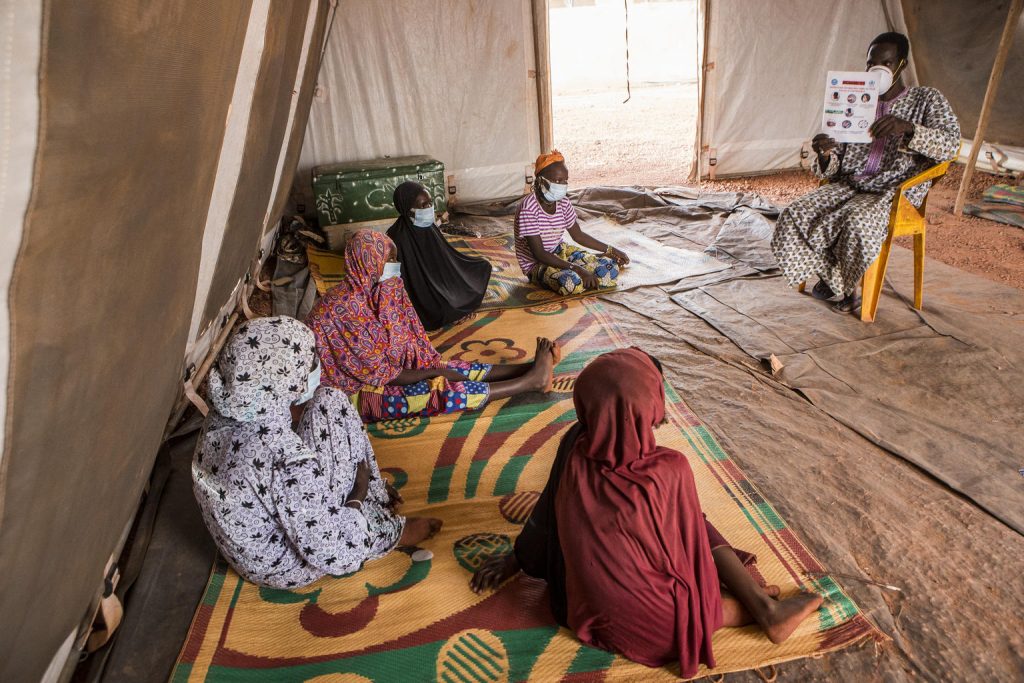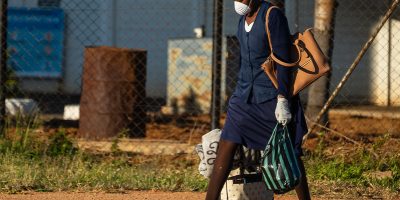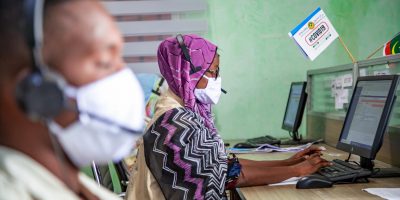The Social Science in Humanitarian Action Platform (SSHAP) has launched a new website that reflects its rapid response model on emergencies. The website has been redesigned to profile the diverse content and expertise contributing to the urgent and evolving crises, including SSHAP’s ongoing response to COVID-19.
The SSHAP partnership between the Institute of Development Studies, Anthrologica and the London School of Hygiene and Tropical Medicine works with networks of social and communication experts with regional and subject expertise to provide rapid insight and advice on emergency and response.
Funded by the UK Department for International Development, the Wellcome Trust, and UNICEF, SSHAP provides timely, relevant information to practitioners on the ground, policy advisors and media professionals.
In response to COVID19, SSHAP has developed and commissioned briefs highlighting the key considerations for the social dimensions of the global pandemic:
- Home and Community-Based Care
- Management in Marginalised Populations in Southeast Asia
- Context of Conflict and Displacement – Myanmar
- Shielding People at High Risk of Severe Outcomes
- Why Are Prisons a Particular Risk, and What Can Be Done to Mitigate This?
- Dying, Bereavement and Mortuary and Funerary Practices
- Informal Urban Settlements
- Quarantine
The content produced is designed to reach different audiences, including produce briefings, infographics and attend roundtable meetings to share learning across countries and disciplines.
The platform works on emergencies that relate to health, conflict, or the environment and their social and political dimensions.
SSHAP’s vision is of emergency responses which are humane, effective and adaptive. This requires responses which are contextually appropriate and sensitive to vulnerabilities and power relations at play.
The founding principle of SSHAP is to draw on the diverse expertise that exists within different networks to present a nuanced and realistic picture of humanitarian emergencies. The thread throughout the work published by SSHAP and the evidence they share from other sources, is that emergency responses cannot be planned in isolation. They must be planned in consultation with affected communities and local institutions and based on social and interdisciplinary science and evidence.





